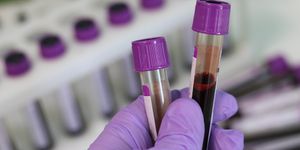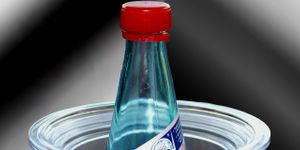Wristband Tracks Firefighter Exposure to Harmful Chemicals
Researchers at Duke University have developed a wristband that can track a firefighter’s exposure to a range of deadly and toxic chemicals. The wristband and results from a preliminary pilot study are described in a recent paper published in Science of the Total Environment.
Firefighters put themselves at risk every day battling blazes. However, in doing so, they are also exposing themselves to a range of toxic chemicals that can increase their risk of health problems and complications, particularly cancer. Firefighters are 9% more likely to be diagnosed and 14% more likely to die of cancer compared to the general population.
In response to this troubling trend, researchers have developed a silicon wristband that can gauge a wearer’s exposure to around 134 chemicals with carcinogenic qualities, including certain types of flame retardants and phthalates. The ability to monitor this kind of exposure could help treat firefighters and potentially help address these troubling cancer statistics among firefighters.
Made of silicon, the wristband (which is, surprisingly, very cheap) can absorb many of the compounds one might come into contact with, allowing researchers and doctors to get a sense of where you’ve been and what you’ve likely been exposed to.
In the study, researchers tracked 30 different firefighters at the Durham Fire Department who wore the wristband during a regular six-day shift as well as when they were off duty for baseline purposes.
Of the 134 chemicals the wristband could detect, about 71 of them were detected by around half of the wristbands worn.
Interestingly, researchers noted that exposure to certain brominated flame retardants, among other chemicals, were higher in firefighters while on duty compared to when off duty. However, exposure was still detected while a firefighter was off duty, suggesting that for firefighters, exposure risks remain whether they are working or not.
The research team notes that more study is needed to identify the exact sources contributing to this increased exposure risk, including whether the exposure is coming from chemicals lingering in a firehouse station or on protective gear.








